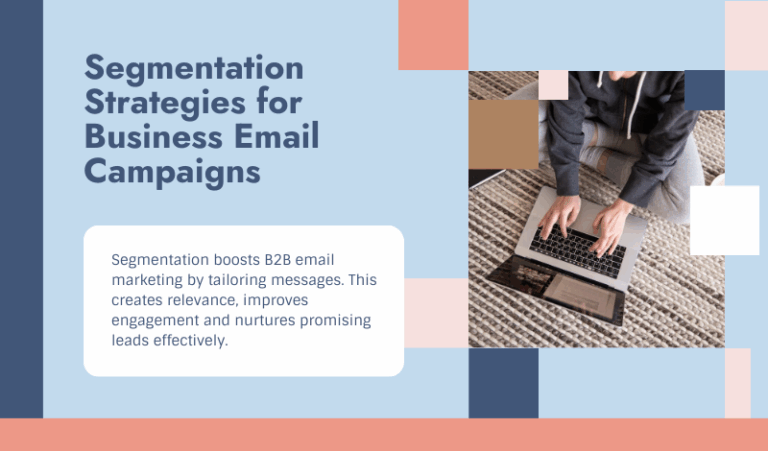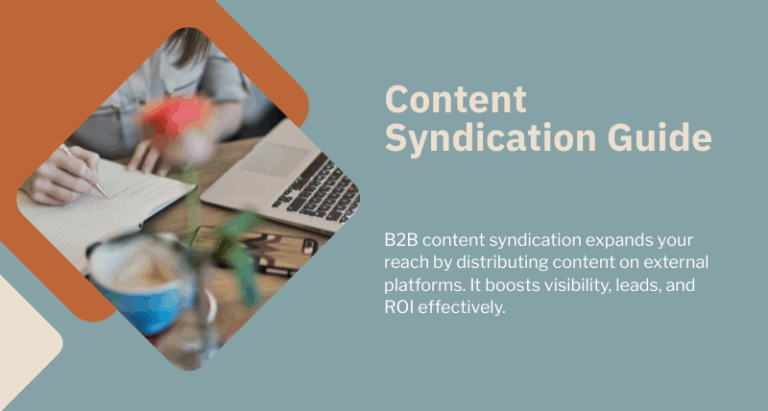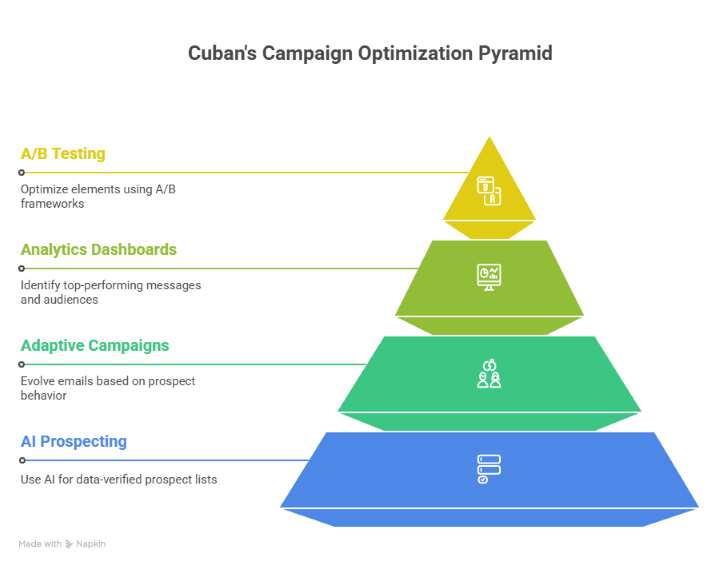Many businesses treat email as an initial contact point for new prospects, but it remains one of the best and most cost-effective ways to reach your active customers, too. Through email, you build an ongoing relationship. You get the chance to communicate with your customers individually when they’re most receptive; by reading your newsletter or sale notification, they have decided to let you into their comfort zone. That opportunity is too valuable to waste on thin or confusing content.
Newsletters and Announcements
The average American office worker gets more than 100 pieces of email daily, but they only open a few of them. One of the highest open and click-through rates comes from newsletters with engaging subject lines. Give your customers a reason to read with information-dense content that relates to their interests even if it doesn’t contain a sales pitch. If you sell printed circuit boards, for example, you might send a newsletter about new EPA regulations on spray coatings or the latest on anti-static shipping materials.
Your new and regular customers want to know about your latest product or service, and email is one of the most cost-effective ways to tell them. New product announcements are distinct from newsletters and focus specifically on the features and benefits of your line. A new fragrance collection from a bath and body boutique or an upcoming concert series from a local band might be good reasons to blast an email announcement.
For personal communication, email is an outstanding tool. It’s unobtrusive, yet it lets your customers know you’re accessible. A follow-up email to thank a customer for a recent purchase or to get feedback on a new product helps you reinforce positive impressions and repair negative ones. By letting your customers know you appreciate them even after you’ve made the sale establishes a long-term relationship that can last for years.
Segmented Lists
Some of your customers will be more interested in certain information than others. New clients, for example, respond well to introductory offers; longtime customers would find a members’ club invitation or loyalty reward program more engaging. Your marketing company’s analytics let you get a better handle on who your customers are and how you can categorize them. By segmenting your email lists more finely, you come closer to the ideal of speaking to each customer’s individual needs and concerns.
With list segmentation, you can also deepen your knowledge of your customer base. Customers respond well to surveys that give them a voice in your future decisions, and with segmented lists, you can discover how each sub-set of your customer base feels. Surveys provide a rich mine of data while giving your customers an opportunity to talk to you – it’s a winning strategy on both sides of the sales equation.
Along with surveys, split-variable testing lets you and your marketing company improve on future campaigns. By sending targeted emails to list segments, you learn which strategies are most effective and refine your approach. A luxury resort, for example, would probably get a better response rate from emails that showcased amenities than from one that sold the resort as a bargain proposition. If cost is not the sticking point for your customers, then a sale won’t move them.
Buying Lists
Building your own customer database isn’t the only way to launch a far-reaching email campaign. List management companies have high-value, relevant lists available to expand your reach immediately. Work with a list professional and learn about list rental options to find the ones that might be right for your company.
Whether you’re reaching out to your current customers, welcoming former clients back or forging new relationships, email is critical to your success. Use segmentation to engage new clients, reward your anchor customers and remind previous shoppers why they chose you.
© Reach Marketing LLC 2013 All Rights Reserved.



